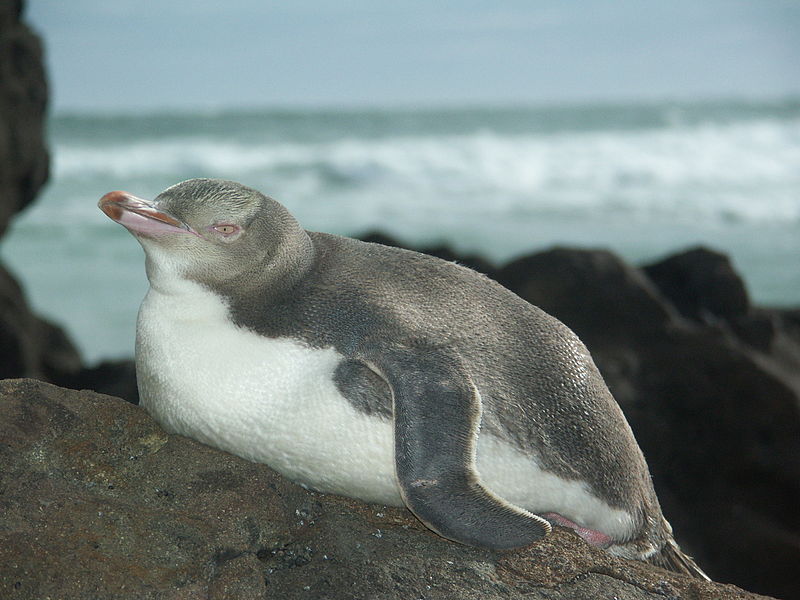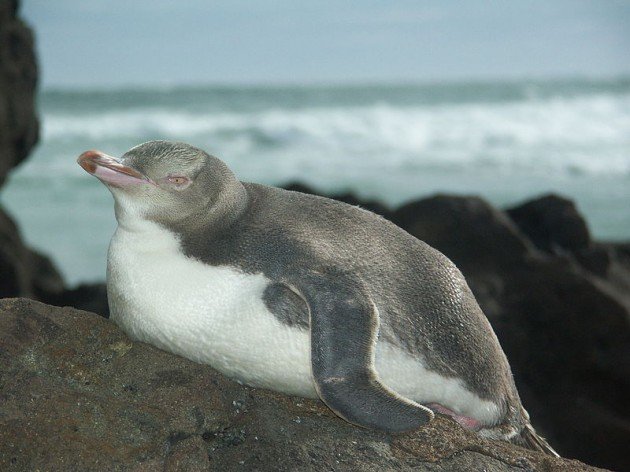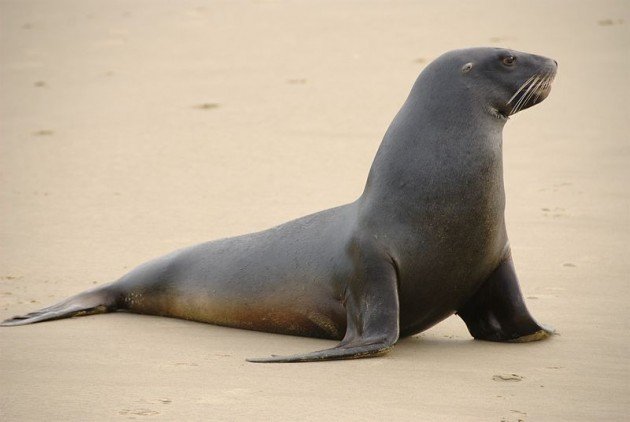
It’s been months since I was in Borneo but for any number of reasons I’m still writing about it. This isn’t cause I’m still there mentally, by the way. Mentally I’m already on my next trip, or next two trips actually. More on that later. But today, briefly, let’s recall that I am supposed to be the New Zealand beat writer. I’m pleased to do this because two bits of the puzzle of New Zealand’s faunal history were in the news today, and besides, it means I don’t have to think about some tropical idyll in this miserable Antipodean winter day.
Moa and Kiwi aren’t brothers and sisters
First off, it seems that New Zealand’s two iconic families of ratites, large flightless southern birds that includes emus, rhea, ostriches, cassowaries and the extinct elephant birds, are not particularly closely related. Contrary to the old belief that kiwi were very small moa, it seems that they aren’t close at all This isn’t particularly surprising as it has been suspected for a long time that the group was somewhat artificial. It seems, in fact, that the moa’s closest relatives are the tinamous, familiar to birders that have been to South America. The kiwi, on the other hand, seem to be closer to emu. Its been a long time since anyone thought that the ratites became flightless prior to the breakup on Gondwana and drifted to their present position, but it is interesting to see the line between the ratites and tinamous blur like it is now.
More invasions from the Subantarctic
New Zealand’s birds and mammals come from a number of sources. Some were on the islands when they broke off from Antarctica. More than came over from Australia, and a few more from the Pacific islands like New Caledonia. An unfortunate horde were dumped here by people from all over the world. And then there are the species that came here from New Zealand’s Subantarctic possessions, specifically the Auckland Islands (a largish windswept archipelago south of New Zealand).
The first clue that scientists got of this was a few years ago when scientists realized that the sub-bones of Yellow-eyed Penguins, a species found in South Island and the Auckland Islands (oh, and Campbell Island), were different from what they expected. What they had found were the remains of a new species of penguin, previously unsuspected but closely related to the Yellow-eyed Penguin, that had lived in New Zealand prior to the arrival of the Maori. Specifically, it had lived around the South Island, whereas the Yellow-eyed Penguin had lived and bred around the Auckland Islands. With the arrival of the Maori the secret penguin was, unfortunately, wiped out. But just like a number of Australian species naturally colonized New Zealand after the niches occupied by native species, it was the Auckland Islands that provided a replacement for the extinct New Zealand penguin.
 Yellow-eyed Penguin by Zoharby (Creative Commons)
Yellow-eyed Penguin by Zoharby (Creative Commons)
Now it seems that a similar story might have happened with the (sadly endangered itself) New Zealand Sea Lion. Like the Yellow-eyed Penguin it is found in South Island and the Auckland Islands, and like the penguins it seems that there was another unsuspected New Zealand endemic that became extinct when humans arrived. This species hasn’t even been formally named yet, but like its penguin counterpart it was replaced by its Auckland Island relative.
 New Zealand Sea Lion by Karora (Creative Commons)
New Zealand Sea Lion by Karora (Creative Commons)
New Zealand’s recent biological history is sadly marked by many extinctions, several of which are perhaps still as yet unknown to us. While it is sad that we have to add another species to the roll call of the lost, at least we now know of its passing. Hopefully we can prevent its surviving relative from sharings its fate.











Leave a Comment